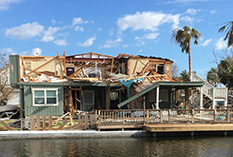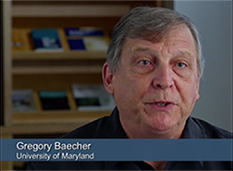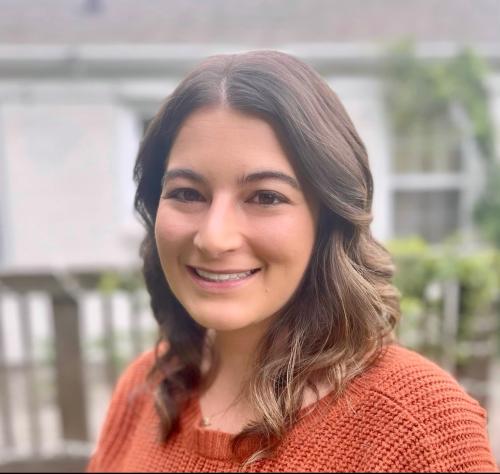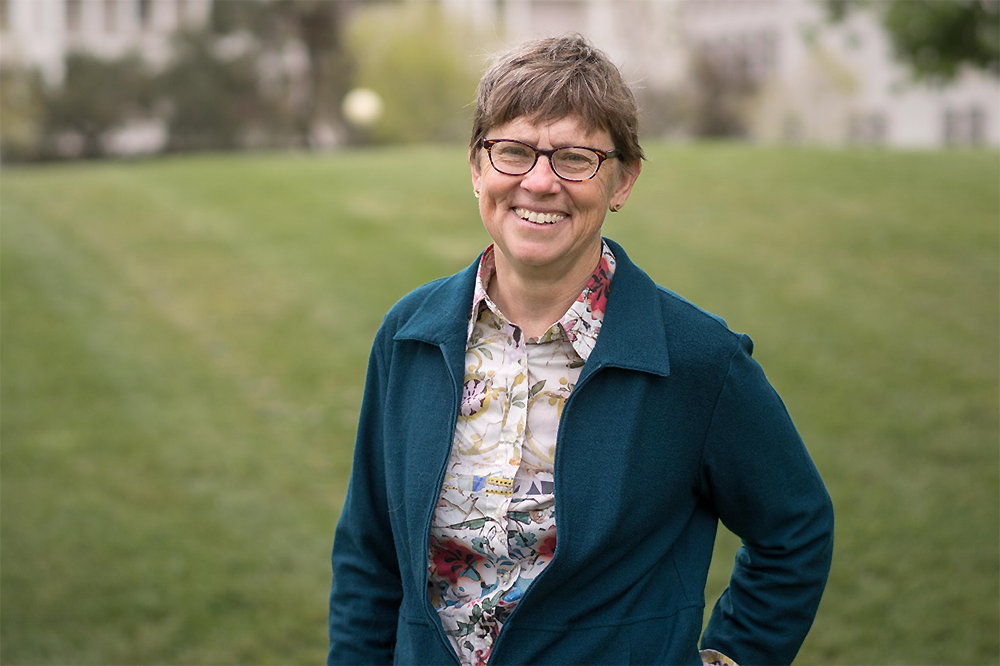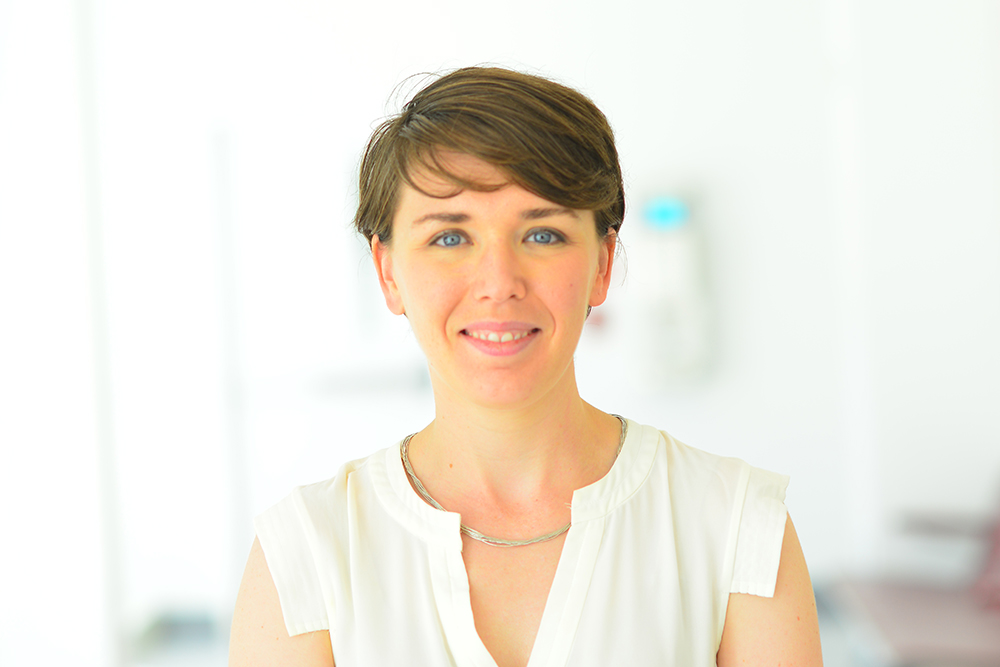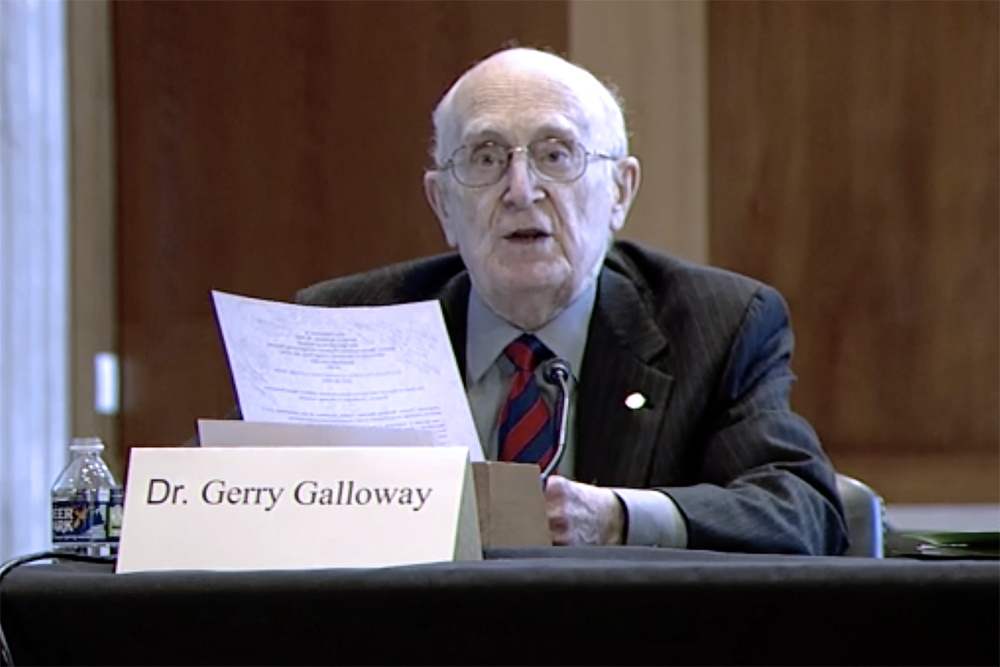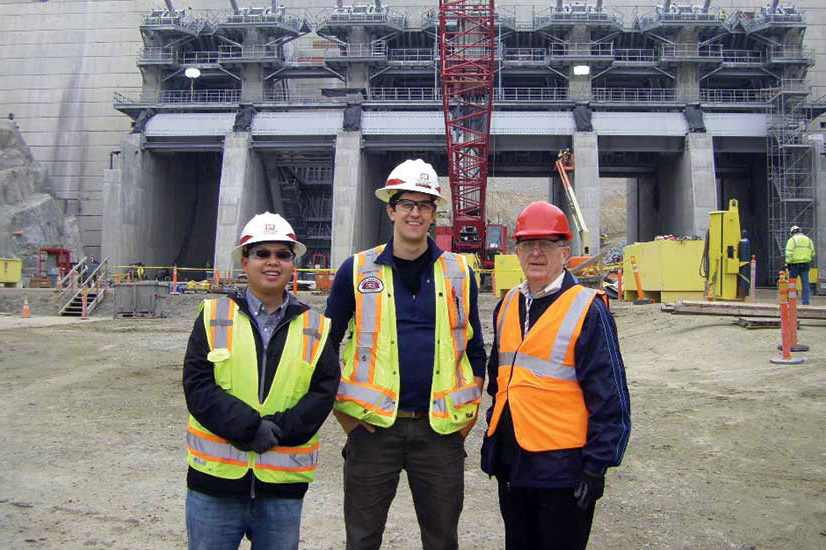News Story
UMD Center for Disaster Resilience Leads Efforts to Create a National Resilience Scorecard
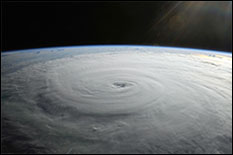
On April 14 and 15, the University of Maryland Center for Disaster Resilience (CDR) led a Department of Homeland Security Science and Technology (DHS-S&T) -sponsored workshop aimed to identify and characterize the steps needed to develop a national resilience assessment for analyzing the health and vulnerability of the nation to natural and manmade disasters.
The “Building Blocks for a National Resilience Scorecard” workshop brought together more than 40 resilience experts across government, industry and academe, including DHS S&T, the Federal Emergency Management Agency (FEMA), the U.S. Army Corps of Engineers (USACE), the Environmental Protection Agency (EPA), National Oceanic and Atmospheric Administration (NOAA), the National Institutes of Standards and Technology (NIST), Maryland state government, and District of Columbia government.
Co-Led by CDR Director Sandra Knight (Department of Civil and Environmental Engineering [CEE] Senior Research Engineer) and CDR Associate Ed Link (CEE Senior Research Engineer) with senior support by Gerry Galloway (CEE Research Professor), workshop participants outlined best practices, user perspectives and examples of key resilience tools, and broke into discussion groups to identify desired outcomes for a resilience scorecard.
“The very fact that we are all gathered here is, in and of itself, an outcome of the hours and resources devoted toward generating discussions about resilience and what it means,” said CEE Department Chair and Professor Charles Schwartz during his opening address. “Within the resilience domain, we are able to incorporate social, cultural, environmental and ecological concerns in discussions about infrastructure engineering research, land use, and building codes. We are joining together experts to raise public awareness and inform policymakers on how we can better understand and reduce the catastrophic effects of natural and manmade hazards. And, we are helping to draw big-picture solutions and open lines of communication that transcend bureaucratic barriers in order to provide decision-makers the information they need to plan for and respond to emergencies.”
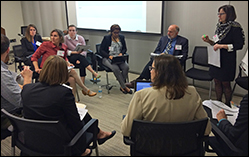 A national resilience scorecard would provide communities with a foundation through which to assess resilience and monitor progress over time. While scorecards have long been used at national and local levels, there are currently no national, quantitative standards for measuring the ability of communities and infrastructure to withstand or recover from hazards.
A national resilience scorecard would provide communities with a foundation through which to assess resilience and monitor progress over time. While scorecards have long been used at national and local levels, there are currently no national, quantitative standards for measuring the ability of communities and infrastructure to withstand or recover from hazards.
“Without some numerical basis for assessing resilience, it will be impossible to monitor change or show that community resilience is improved,” Galloway said.
“Resilience exists at the intersection of social systems, natural systems and the built environment,” said Susan Cutter, University of South Carolina Professor and Director of the Hazards and Vulnerability Research Institute. “Why should communities measure resilience? To understand the potential impacts of adverse events and to evaluate the capacity of a community to respond to, recover from, and adapt to such events.”
The workshop kicked off with a panel session focused on national assessments and best practices and featured insights from Bill Dennison, University of Maryland Center for Environmental Science Vice President for Science Applications, Jennifer Rivers, Vice President, Institute for Sustainable Infrastructure, Emily Feenstra, Director, Infrastructure Initiatives at American Society of Civil Engineers, and Bill Lesser, National Flood Insurance Program Community Rating System Coordinator, FEMA.
“Part of the journey you need to take in developing report cards is to engage the right people in the process,” Dennison said, noting that report cards create a unique opportunity for public dialogue.
“Report cards can be catalytic,” he said. “They can change behavior, make people want to do something they haven’t had the courage or clarity to do.”
Throughout the two-day workshop, participants stressed the role scorecards could play in helping the general public better understand why community resilience matters.
“Report cards are popular; they get a lot of press and create opportunities for public dialogue,” Dennison said. “Secondly, they provide an opportunity for informed debate, allowing people to talk about resilience in the same frame of reference.”
“A resilience scorecard could also generate excitement and further general public knowledge about why much of our infrastructure needs to be replaced,” Feenstra added. “It is not about rebuilding infrastructure as it once was; rather, it is about building sustainable solutions with the future in mind.”
Recognizing that no community could ever achieve 100 percent resilience, each of the three breakout groups drove home the idea that a scorecard would serve as the framework for discussions about resilience and provide communities with a means through which to compare and contrast different communities’ level of resiliency.
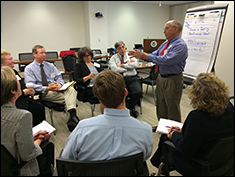 “Organizations have only survived and done well because they are resilient,” Galloway said. “They have been able to adapt to changing situations, and they have been able to get better. Any book written by a CEO or leader of an organization discusses how to improve with time and how to plan for the unknown – and that is similar to the message we are trying to convey through discussions about resilience.”
“Organizations have only survived and done well because they are resilient,” Galloway said. “They have been able to adapt to changing situations, and they have been able to get better. Any book written by a CEO or leader of an organization discusses how to improve with time and how to plan for the unknown – and that is similar to the message we are trying to convey through discussions about resilience.”
“The level of expertise that has been applied to conversations about resilience, and the level of enthusiasm we have seen underscores how important this topic really is,” Link added.
Additionally, workshops like those hosted by CDR help to further convey the impact of resilience similar to the way in which the words “risk” and “sustainability” resonate with people today.
“CDR consists of a network of some very experienced senior experts who have been involved in resilience, risk, policy, and engineering for a very long time,” Knight noted. “We’re excited to start seeing some of the efforts of research units coming our way. We have some big ideas about our center and the areas we might cover in the months and years to come. In terms of education, topics like resilience and sustainability carry a value that softens the engineering perspective, allowing researchers to look at the world through different lenses.”
Published May 13, 2015

